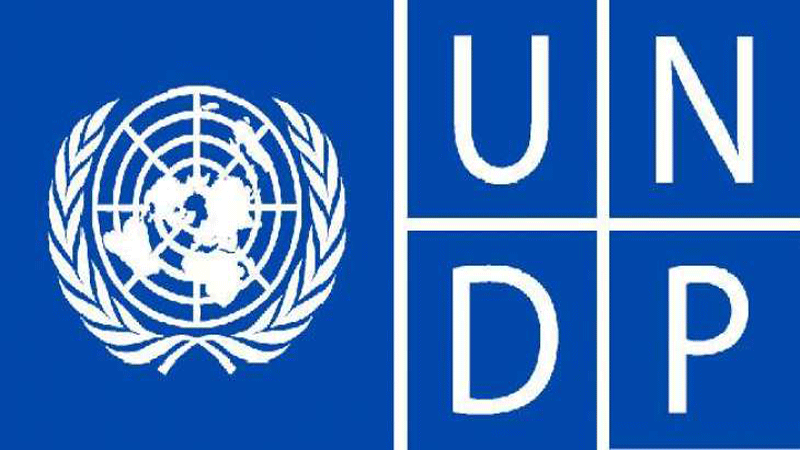
HUMAN DEVELOPMENT INDEX: UNDP
Human Development Index: UNDP
Context
- India ranked 131 among 189 countries on the Human Development Index (HDI) for 2019, as compared to 129 in the previous year, according to the Human Development Report (HDR) 2020 released by the United Nations Development Program (UNDP).
- The 2020 Report has introduced planetary pressures-adjusted Human Development Index, which adjusts the standard Human Development Index (HDI) by a country’s per capita carbon dioxide emissions and material footprint.
More About HDI
- The index considers the health, education and income in the country to provide a measure of human development which is comparable between countries and over time.
- The first human development index was published in 1990 with the goal to be a more comprehensive measure of human development than purely economic measures.
- The first HDR was launched in 1990 by the Pakistani economist Mahbub ul Haq and Indian Nobel laureate Amartya Sen.
- The report chooses three key components of human development, long evity (later changed to “Long and healthy life”), knowledge and decent living standards.
- The other indices that form the part of the Human Development Report are:
- Inequality-adjusted Human Development Index (IHDI),
- Gender Development Index (GDI),
- Gender Inequality Index (GII) and
- Multidimensional Poverty Index (MPI).
- Norway topped the index, followed by Ireland and Switzerland. Hong Kong and Iceland complete the top five.
INDIA’S PERFORMANCE:
- India’s HDI value for 2019 is 0.645, which put the country in the medium human development category, positioning it at 131 out of 189 countries and territories.
- Between 1990 and 2019, India’s HDI value increased from 0.429 to 0.645, an increase of 50.3%.
- Long and Healthy Life: Life expectancy for Indian’s at birth was 69.7 years in 2019, slightly lower than the south Asian average of 69.9 years.
- Between 1990 and 2019, India’s life expectancy at birth increased by 11.8 years.
- Access to Knowledge: The expected years of schooling in India was 12.2 years, compared with 11.2 years in Bangladesh and 8.3 years in Pakistan.
- Between 1990 and 2019, mean years of schooling increased by 3.5 years, and expected years of schooling increased by 4.5 years.
- A Decent Standard of Living: In terms of Gross National Income (GNI) per capita, India at USD 6,681 fared better than some others in 2019, despite a fall over the previous year.
- India’s GNI per capita increased by about 273.9% between 1990 and 2019.
- Planetary pressures-adjusted Human Development Index (PHDI):
-
-
- About: The PHDI adjusts the standard HDI by a country’s level of carbon dioxide emissions and material footprint, each on a per capita basis.
-
- India’s Performance:
-
-
- India would move up eight places in the ranking.
- Under the Paris Agreement, India pledged to reduce the emission intensity of its GDP from the 2005 level by 33-35% by 2030 and to obtain 40% of electric power capacity from non-fossil fuel sources by 2030.
- Solar capacity in India increased from 2.6 gigawatts in March 2014 to 30 gigawatts in July 2019, achieving its target of 20 gigawatts four years ahead of schedule.
- In 2019, India ranked fifth for installed solar capacity.
- The National Solar Mission aims to promote solar energy for power generation and other uses to make solar energy competitive with fossil fuel-based options.
-
More about other indices in HDR
- Inequality-adjusted Human Development Index (IHDI)
-
-
- The IHDI combines a country’s average achievements in health, education and income with how those achievements are distributed among country’s population by “discounting” each dimension’s average value according to its level of inequality.
- Thus, the IHDI is distribution-sensitive average level of human development. Two countries with different distributions of achievements can have the same average HDI value. Under perfect equality the IHDI is equal to the HDI, but falls below the HDI when inequality rises.
- The difference between the IHDI and HDI is the human development cost of inequality, also termed – the overall loss to human development due to inequality.
-
- Gender Development Index (GDI)
-
- The GDI measures gender gaps in human development achievements by accounting for disparities between women and men in three basic dimensions of human development—health, knowledge and living standards using the same component indicators as in the HDI.
- The GDI is the ratio of the HDIs calculated separately for females and males using the same methodology as in the HDI. It is a direct measure of gend er ga p showing the female HDI as a percentage of the male HDI.
Gender Inequality Index (GII)
-
-
- GII presents a composite measure of gender inequality using three dimensions:
- Reproductive health,
- Empowerment and
- The labour market.
- In GII, India is at 123rd rank. Last year, it was ranked 122nd out of 162 countries.
- GII presents a composite measure of gender inequality using three dimensions:
- Multidimensional Poverty Index (MPI).
-
- MPI captures the multiple deprivations that people in developing countries face in their health, education and standard of living.
- The most recent survey data publicly available for India’s MPI estimation refer to 2015-2016. In India, 27.9% of the population are multidimensionally poor, while an additional 19.3% are classified under vulnerable to multidimensional poverty.
